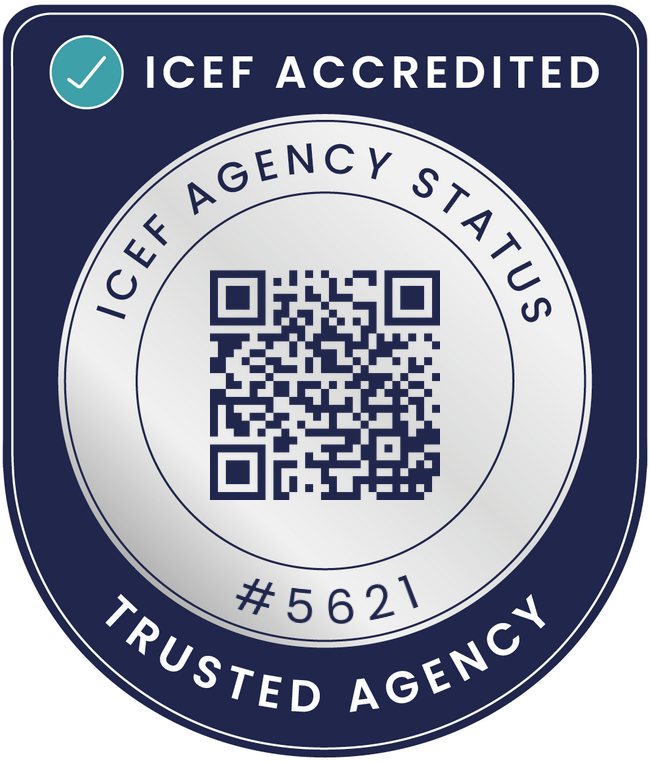Say Goodbye to EU Passport Stamps: New Digital System Launching in November

Say Goodbye to EU Passport Stamps: New Digital System Launching in November
In a significant move to modernize and streamline border control processes, the European Union (EU) is introducing a new digital system to replace traditional passport stamps for travelers. This system is set to launch in November 2024 and aims to provide a more efficient and secure method of tracking entries and exits from EU countries. For those who frequently travel to or from the EU, especially for study or immigration purposes, this change will have a considerable impact.
What is the New Digital System?
The digital system, formally known as the Entry/Exit System (EES), will automate the process of registering the entry and exit of non-EU citizens at the borders. Instead of manually stamping passports, the system will electronically record important details, such as:
- The traveler’s biometric data (fingerprints and facial images)
- Personal details like name, date of birth, and nationality
- The dates of entry and exit
This information will be stored in a centralized database, which border authorities across EU countries will be able to access.
Why is the EU Making This Change?
The current method of stamping passports has been around for decades, but it has significant limitations. Some of the key reasons behind this shift include:
- Faster Border Crossings: The new system is expected to significantly reduce waiting times at border checkpoints, as the manual stamping process can often lead to delays, especially during peak travel times.
- Improved Security: With biometric data being recorded and stored, the system will enhance the EU’s ability to track individuals entering and exiting its borders. This will help prevent issues like overstaying, where travelers remain in the EU beyond their allowed duration.
- Better Monitoring of Travel: The digital system will allow authorities to more accurately monitor travel movements, ensuring compliance with visa regulations and improving immigration control.
For international students and those applying for study visas in EU countries, this system means smoother entry processes and fewer hassles during immigration checks.
Impact on Travelers
If you’re planning to study or work in the EU, this new system could work in your favor. Here’s how it may affect you:
- Quicker Border Control Procedures: Since the EES will speed up the entry and exit processes, students, tourists, and workers will experience shorter wait times at borders. This will particularly benefit those traveling to EU countries for educational purposes or frequent travelers on business visas.
- More Accurate Travel Records: The new system will ensure more precise records of entry and exit dates. It will be easier to track your allowed duration of stay, which can be crucial for students on temporary study visas.
- Enhanced Security for Students and Residents: The use of biometrics will reduce the chance of identity fraud, which is a growing concern. Students and workers in the EU can feel more secure knowing that border control measures are becoming more sophisticated.
How the Entry/Exit System Works
The EES will be implemented at both airports and land borders across EU member states. Upon arrival, travelers will be required to go through automated border control gates, which will:
- Scan their passport.
- Capture biometric data (fingerprints and facial recognition).
- Record the traveler’s date of entry and country of origin.
When leaving the EU, the system will register the date of exit, ensuring that travelers have not overstayed their visa period. Overstaying is a common issue for students who forget the exact expiration date of their visa, and the EES will help prevent such complications.
Benefits for Students and International Workers
For those traveling for education or work, this system offers several benefits:
- No More Misplaced Stamps: Losing track of your passport stamps can be a hassle, particularly for students who frequently travel back and forth. The digital system eliminates this issue, making it easier to monitor your travel history.
- Automated Alerts: It is likely that in the future, automated alerts or notifications may be available for students or workers whose visas are about to expire, giving you enough time to renew or extend your visa before it becomes an issue.
- Efficient Visa Applications: For those applying for student or work visas, the digital system could potentially speed up the process, as border control records will now be instantly accessible to immigration authorities, allowing for quicker decisions.
What to Expect in the Future
The introduction of the Entry/Exit System is just one step in the EU’s broader goal to digitize border management and improve its immigration processes. In the coming years, we can expect further advancements that will simplify travel and make it safer for everyone, especially international students and workers.
While this system is currently aimed at improving border controls for non-EU citizens, it sets a precedent for other regions looking to enhance their border security.
Conclusion
The launch of the new digital Entry/Exit System in November 2024 marks a significant step forward in how the EU handles border control. For international students, workers, and frequent travelers, this new system promises shorter wait times, better security, and a hassle-free experience at the borders. As countries continue to adopt technology-driven solutions, these changes will likely make the immigration process smoother and more transparent for everyone.
If you’re planning to study in the EU, this is a welcome development that will streamline your travel experience. Stay informed and be prepared for these upcoming changes to make the most of your journey.
QUICK LINKS
OUR SERVICES
















